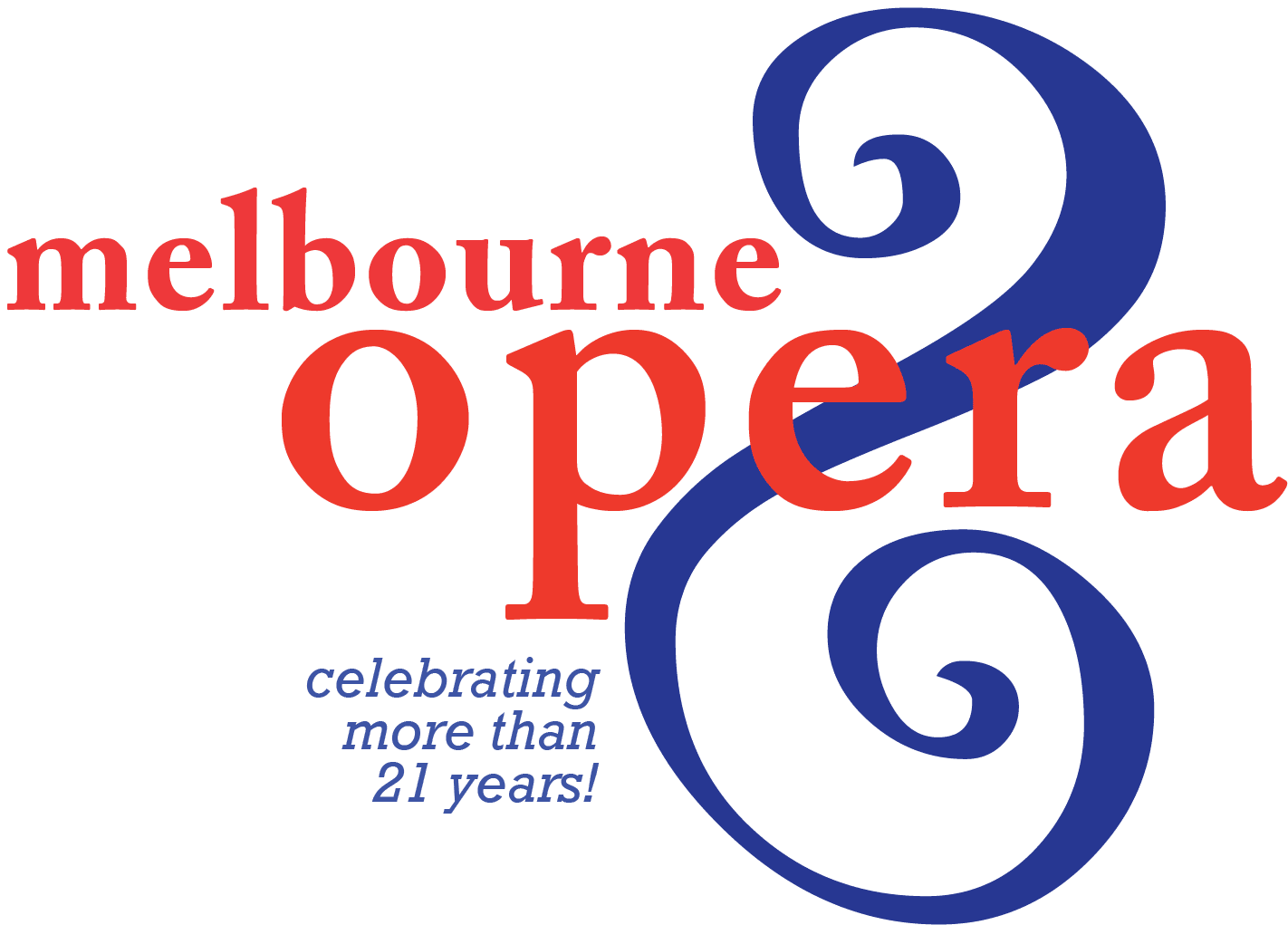Maria Stuarda is based on the verse play by German Romantic playwright Frederich Schiller whose dramas have provided rich source material for many great operas. Schiller’s Romanticism led him toward taking major liberties with history as is evident in this work.
In reality Queens Mary and Elizabeth never met and Schiller and Donizetti were obviously equally intrigued by the situation of “what if ” they did. These two Queens chose very different paths in relation to power and the opposite sex. Although known to have strong romantic feelings, Elizabeth as Queen portrayed herself as equal to any man and first and foremost as a ruler, Mary, on the other hand was thrice married and romantically linked to several others, and seen as recklessly emotional. Both were ambitious and single minded. One Queen committed an act of regicide and the other died a martyr.
The dramatic device employed to distil the fundamental difference between these women is to depict them as rivals for the love of Elizabeth’s favourite, Robert, the Earl of Leicester. Mary has been under Elizabeth’s care for close to 20 years following on from her suspected involvement in the assassination of her second husband Darnley when this opera begins, though she is little more than Elizabeth’s prisoner under the protection of Talbot at his castle in Fotheringay.
Talbot enlists Leicester to attempt to persuade Elizabeth to free Mary, assuring her that she is no threat to the English crown, despite the protestation of Elizabeth’s closest political advisor, Lord William Cecil. However, Elizabeth correctly suspects that Leicester is in love with Mary. As the attempt at diplomatic reconciliation orchestrated by Leicester fails during their meeting one of opera’s most famous confrontations erupts into some very un-royal language and a bel canto brawl results.
This opera does more than just expose the fighting cousins. It is a brilliantly constructed drama that places them and their choices under the microscope.
We have set the work in period and have created an abstract playing space dominated by the symbols of Tudor power: the Tudor Rose, the Orb and most significantly the Crown which is as much a symbol of imprisonment as power in this story. Mary and Elizabeth were Tudors, both had their rights to rule England by their lineage and therefore both are inextricably connected to and by the iconography of that family.
The flower pattern on the set is based on the ceiling of The Great Watching Chamber at Hampton Court, where the Yeoman of the guard of Henry VIII would watch happenings in the Great Hall, guarding access to the Kings privy chambers. The Tudor rose appears on the ceiling at Hampton Court throughout many rooms, and the flower is constantly repeated in different forms throughout the architecture. The hammer beams, flying buttresses and vaulted ceilings also inspired the design by Christina Logan-Bell.
Suzanne Chaundy
Director

